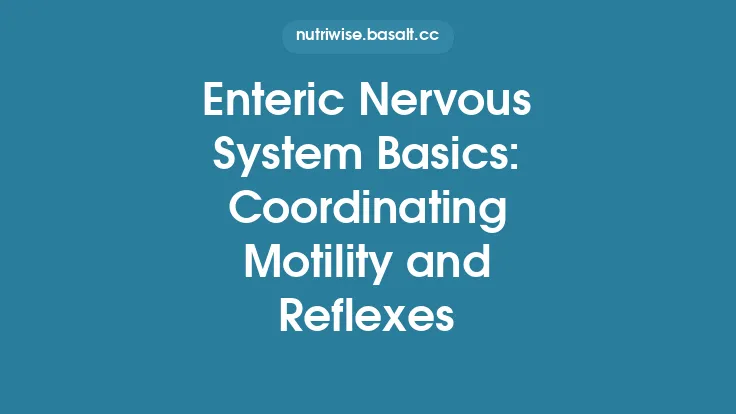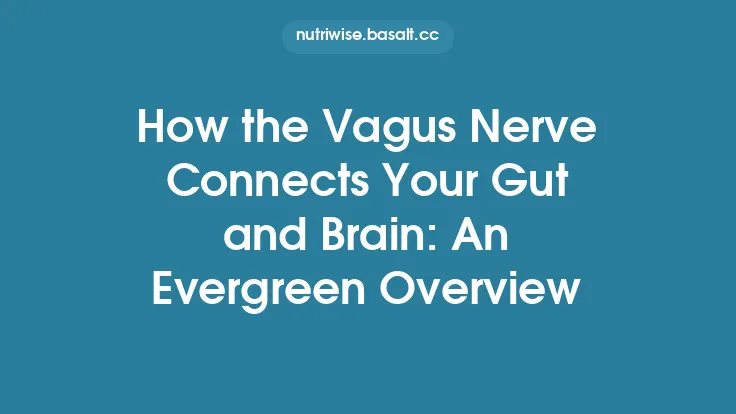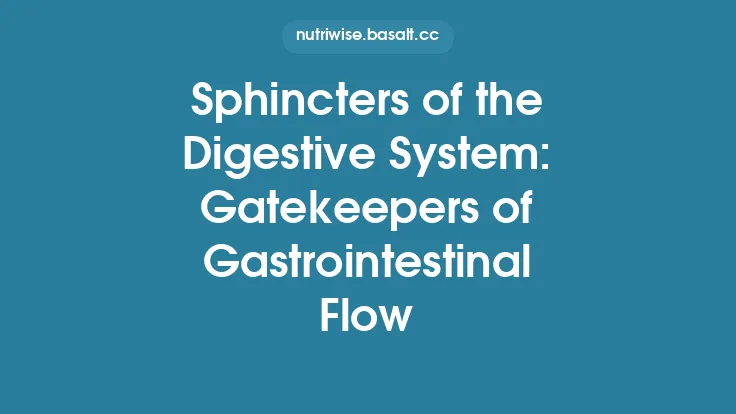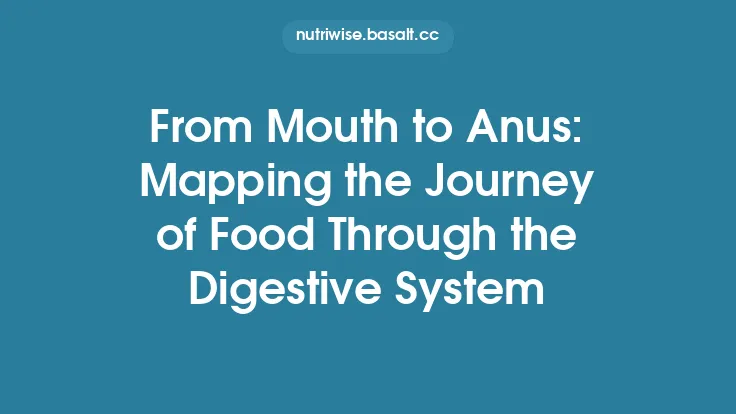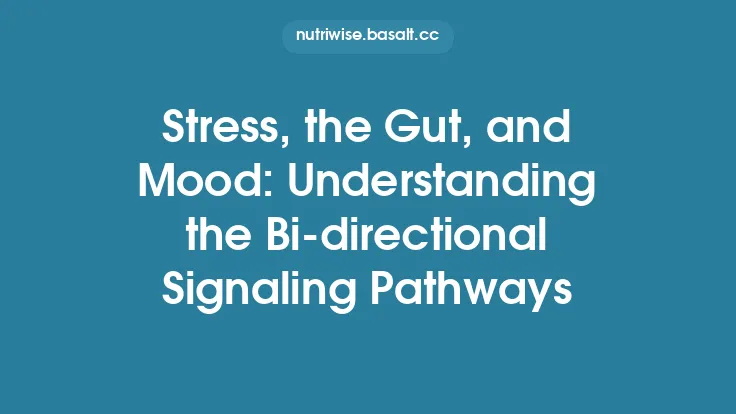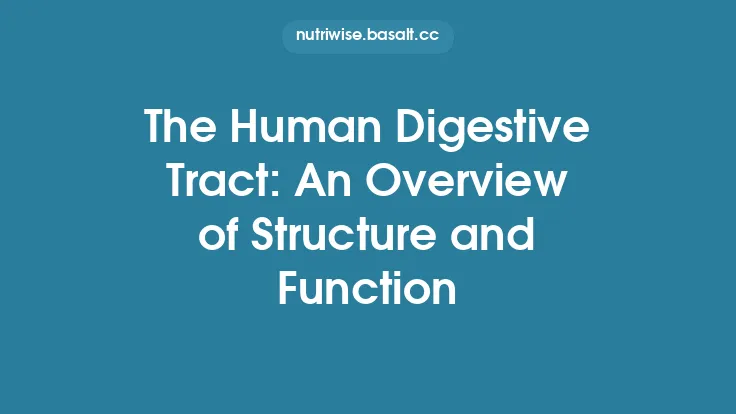Motilin is a 22‑amino‑acid peptide hormone primarily secreted by enteroendocrine M‑cells located in the mucosa of the duodenum and jejunum. Discovered in the early 1970s, motilin quickly attracted attention because of its striking ability to trigger strong, rhythmic contractions of the gastrointestinal (GI) tract during the fasting state. These contractions are the hallmark of the migrating motor complex (MMC), a cyclic, self‑propagating pattern of activity that sweeps from the stomach through the small intestine roughly every 90–120 minutes when the gut is empty. By coordinating the MMC, motilin ensures that the digestive tract remains clean, primed for the next meal, and protected from bacterial overgrowth.
The Physiology of the Migrating Motor Complex
The MMC is divided into four distinct phases:
- Phase I (Motor Quiescence) – A period of relative inactivity lasting 40–60 % of the cycle. Basal tone is low, and there is minimal contractile activity. This phase allows for the absorption of residual nutrients and the re‑establishment of ionic gradients across the intestinal epithelium.
- Phase II (Irregular Contractions) – Intermittent, low‑amplitude contractions appear, interspersed with brief periods of quiescence. These “intermittent bursts” help mix luminal contents and promote the movement of secretions.
- Phase III (Housekeeping Contractions) – The defining “burst” of the MMC. High‑amplitude, rhythmic contractions propagate distally at 0.5–1 cm/s, sweeping residual chyme, mucus, and bacterial colonies toward the colon. This phase typically lasts 5–10 minutes and is the most energetically demanding segment of the cycle.
- Phase IV (Transition) – A brief, declining period that bridges Phase III back to Phase I, characterized by a gradual reduction in contractile strength.
The entire MMC cycle repeats every 90–120 minutes in healthy adults, though the exact interval can be modulated by factors such as circadian rhythm, autonomic tone, and the presence of nutrients.
Motilin’s Role in Initiating Phase III
Motilin’s plasma concentration exhibits a pulsatile pattern that mirrors the timing of Phase III. In the fasting state, motilin levels rise sharply just before the onset of the high‑amplitude contractions, reaching a peak of approximately 30–50 pg/mL. This surge is followed by a rapid decline as Phase III concludes.
The mechanistic cascade can be summarized as follows:
- Secretion Trigger – In the absence of luminal nutrients, vagal afferent activity diminishes, and the enteric nervous system (ENS) shifts toward a “fasting” mode. This environment stimulates M‑cells to release motilin into the portal circulation.
- Receptor Activation – Motilin binds to the G‑protein‑coupled motilin receptor (MTLR), a class I GPCR expressed on smooth muscle cells of the stomach, duodenum, and jejunum, as well as on intrinsic primary afferent neurons (IPANs) within the myenteric plexus.
- Signal Transduction – Receptor activation couples primarily to Gα_q/11 proteins, leading to phospholipase C activation, inositol‑1,4,5‑trisphosphate (IP₃) generation, and intracellular calcium release. The rise in cytosolic Ca²⁺ triggers smooth‑muscle contraction via calmodulin‑dependent myosin light‑chain kinase (MLCK) activation.
- Neuro‑Enteric Amplification – Motilin also excites IPANs, which release excitatory neurotransmitters (acetylcholine, substance P) that further potentiate the contractile response. Simultaneously, inhibitory pathways (nitric oxide, vasoactive intestinal peptide) are transiently suppressed, allowing the net contractile force to rise.
- Propagation – The coordinated activation of smooth‑muscle layers and enteric neurons creates a peristaltic wave that travels distally, constituting Phase III of the MMC.
Interaction with Other Gastrointestinal Regulators (Excluding the Listed Hormones)
While the article must avoid discussion of gastrin, secretin, CCK, GIP, GLP‑1, ghrelin, and related feedback loops, it is still relevant to note that motilin’s activity is modulated by several non‑hormonal factors:
- Vagal Tone – Parasympathetic input can dampen motilin release during the fed state, contributing to the suppression of the MMC when nutrients are present.
- Serotonin (5‑HT) – Luminal 5‑HT, released from enterochromaffin cells in response to mechanical stimulation, can enhance motilin‑induced contractions via 5‑HT₃ and 5‑HT₄ receptors on enteric neurons.
- Peptidergic Neuromodulators – Substance P and neurokinin A, released from excitatory motor neurons, synergize with motilin to amplify Phase III contractility.
- Circadian Influences – Motilin secretion peaks during the early night in humans, aligning MMC activity with periods of prolonged fasting (e.g., sleep). This rhythm is driven by central clock genes that regulate autonomic output to the gut.
Clinical Relevance of Motilin and the MMC
1. Functional Dyspepsia and Gastroparesis
Patients with delayed gastric emptying often exhibit an attenuated MMC. Pharmacologic agents that mimic motilin (e.g., erythromycin) can restore Phase III activity, accelerating gastric clearance. However, tachyphylaxis limits long‑term use, prompting research into selective motilin receptor agonists with improved safety profiles.
2. Small‑Intestinal Bacterial Overgrowth (SIBO)
A robust MMC is a primary defense against bacterial colonization of the proximal small intestine. Impaired motilin signaling—whether due to neuropathy, diabetes‑related autonomic dysfunction, or chronic opioid use—reduces Phase III frequency, predisposing to SIBO. Diagnostic breath tests often correlate low MMC activity with elevated hydrogen/methane production.
3. Post‑Surgical Ileus
After abdominal surgery, the MMC is suppressed for 24–48 hours, contributing to ileus. Early postoperative administration of motilin agonists has been shown in animal models to shorten the duration of ileus by re‑initiating Phase III contractions, though human data remain mixed.
4. Obesity and Metabolic Regulation
Although not a primary satiety hormone, the MMC influences nutrient timing. An efficient MMC clears residual nutrients, potentially reducing post‑prandial glucose excursions. Conversely, chronic high‑calorie intake suppresses the MMC, leading to prolonged nutrient exposure and altered gut‑derived signaling that may affect metabolic homeostasis.
Pharmacology of Motilin Receptors
The motilin receptor (MTLR) belongs to the ghrelin receptor family (GHSR‑1a) but displays distinct ligand specificity. Key pharmacologic agents include:
- Erythromycin and Derivatives – Macrolide antibiotics act as partial agonists at MTLR, inducing Phase III‑like contractions. Their pro‑kinetic effect is dose‑dependent; low doses stimulate motility, while higher doses retain antimicrobial activity.
- Selective Motilin Agonists – Compounds such as GM‑611 (a non‑antibiotic motilin receptor agonist) are under clinical investigation for gastroparesis. These agents aim to harness the pro‑kinetic benefits without the risk of antibiotic resistance.
- Antagonists – Experimental antagonists (e.g., [D‑Lys³]motilin) have been used in animal studies to delineate motilin’s role in MMC generation. While not yet therapeutic, they provide valuable tools for mechanistic research.
Pharmacokinetic considerations are crucial: motilin agonists must achieve sufficient plasma concentrations during the fasting window to synchronize with the natural MMC cycle. Continuous infusion can disrupt the periodicity, leading to dysrhythmic motility patterns.
Research Frontiers
- Molecular Regulation of Motilin Gene Expression – Recent transcriptomic analyses suggest that the transcription factor RORγt may up‑regulate the *MLN* gene (encoding motilin) during fasting. Understanding this regulatory network could enable targeted modulation of motilin synthesis.
- Microbiome‑Motilin Interactions – Emerging data indicate that certain commensal bacteria produce short‑chain fatty acids (SCFAs) that can influence motilin release via G‑protein‑coupled receptors on enteroendocrine cells. This bidirectional communication may represent a novel axis linking diet, microbiota, and MMC integrity.
- Chronotherapy – Aligning motilin‑based pro‑kinetic therapy with the patient’s circadian rhythm (e.g., administering agents just before the expected Phase III window) may enhance efficacy and reduce side effects. Wearable devices that monitor gastric myoelectrical activity could guide personalized dosing schedules.
- Gene‑Therapeutic Approaches – Viral vector delivery of the motilin receptor to regions of the gut with impaired MMC activity is being explored in preclinical models of diabetic gastroparesis. Early results show restored Phase III patterns without systemic drug exposure.
Practical Recommendations for Maintaining a Healthy MMC
- Fasting Intervals – Allowing at least 3–4 hours between meals supports the natural emergence of Phase III. Frequent snacking can blunt motilin peaks and suppress the MMC.
- Physical Activity – Moderate aerobic exercise stimulates vagal tone and can enhance MMC frequency, likely through indirect effects on motilin release.
- Avoidance of Opioids – Opioid receptors on enteric neurons inhibit motilin‑mediated contractions; minimizing opioid use helps preserve MMC function.
- Balanced Diet – High‑fiber meals promote regular bowel movements and may indirectly support MMC activity by reducing luminal viscosity, facilitating the clearance of residual contents during Phase III.
- Hydration – Adequate fluid intake maintains optimal smooth‑muscle contractility and supports the propagation of MMC waves.
Concluding Perspective
Motilin stands as a pivotal orchestrator of the migrating motor complex, ensuring that the gastrointestinal tract undergoes regular “housekeeping” sweeps between meals. By triggering the high‑amplitude Phase III contractions, motilin clears residual chyme, limits bacterial overgrowth, and prepares the gut for the next influx of nutrients. Disruptions in motilin signaling—whether due to disease, medication, or lifestyle factors—can compromise MMC integrity, leading to a cascade of functional disturbances ranging from dyspepsia to small‑intestinal bacterial overgrowth.
Ongoing research into the molecular control of motilin synthesis, its interaction with the gut microbiome, and the development of selective receptor agonists promises to deepen our understanding and expand therapeutic options. For clinicians, nutritionists, and researchers alike, appreciating the nuanced role of motilin in inter‑meal gut motility is essential for advancing both basic science and patient‑centered care in the realm of digestive health.
